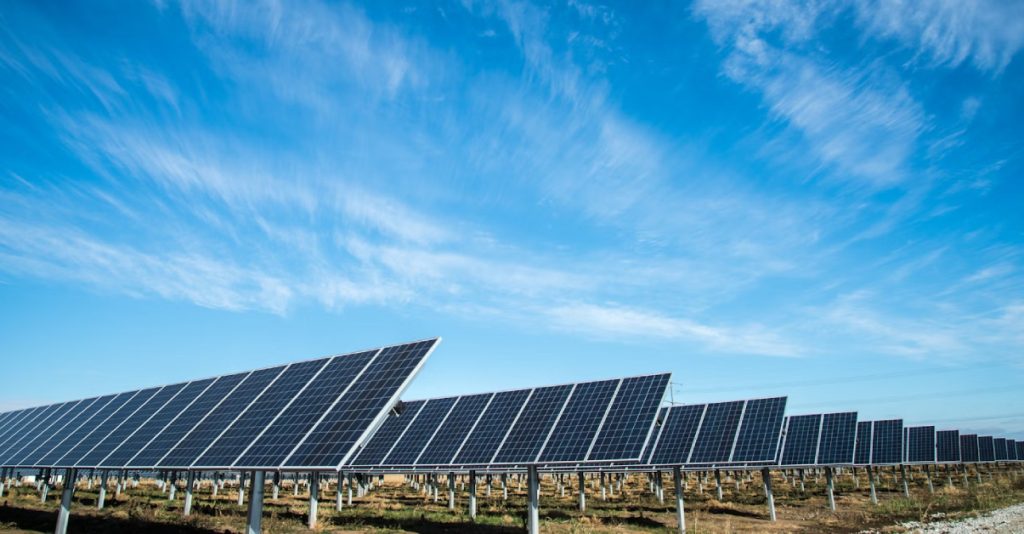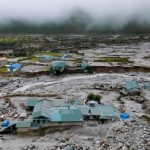Sri Lanka’s 2024 presidential election is scheduled for September 21st. The main candidates, 39 others, include compulsory President Ranil Wickremesinghe, Sajith Premadasa, Anura Kumara Dissanayake, and Namal Rajapaksa. This analysis examines their election manifestos, focusing on their positions regarding climate change and environmental challenges.
Like many nations, Sri Lanka faces significant impacts from climate change and the imperative to transition to renewable energy sources. However, the presidential election manifestos have largely overlooked these critical issues. This oversight underscores the urgent need for a more comprehensive and progressive approach to addressing environmental concerns within the country’s political landscape.
Current State of Renewable Energy in Sri Lanka
Sri Lanka possesses geographical potential for renewable energy sources such as solar, wind, hydro, biomass, and geothermal. Progress has been made in harnessing these resources, with a significant portion of electricity already generated from renewables. However, there remains substantial ground to cover to meet global low-carbon energy transition goals. Challenges like policy support, investment, infrastructure development, and grid integration demand cohesive government action.
Environmental Challenges and Climate Change Impacts
Sri Lanka has experienced adverse climate effects, including storms, floods, droughts, and water shortages. Addressing climate change requires a multifaceted approach, including robust greenhouse gas emission frameworks and policies to bolster resilience against its threats.
Assessment of Election Manifestos
Manifestos from Sri Lanka’s presidential candidates predominantly emphasize economic development, infrastructure, and social welfare. Political parties are largely neglecting specific commitments to renewable energy generation and climate change mitigation. This gap is concerning given the urgency of climate action, particularly in developing nations like Sri Lanka.

Key Gaps in Manifestos
Manifestos lack concrete policy targets and timelines for deploying renewable energy technologies and reducing greenhouse gas emissions. The absence of measurable commitments makes accountability challenging and impedes effective implementation.
There is also a noticeable absence of detailed policy proposals to promote renewable energy technologies and integrate climate change considerations into economic strategies. Financing mechanisms for eco-friendly projects and ensuring social equity in environmental policies are insufficiently addressed.
What should they do now?
To enhance manifesto efficacy, candidates should articulate quantifiable goals and action plans for renewable energy adoption, energy conservation, and greenhouse gas reduction. Concrete policy proposals are essential, including strategies to reduce fossil fuel dependency and mainstream climate issues across all sectors.
Improving funding mechanisms and prioritizing social equity in policy formulation can broaden access to green technologies and mitigate environmental degradation’s disproportionate impact on marginalized communities. Furthermore, integrating scientific expertise into policy development ensures informed decision-making and effective environmental management.

The absence of robust commitments to renewable energy and climate change mitigation in Sri Lanka’s presidential manifestos is a critical oversight amidst pressing environmental challenges. Urgent prioritization and high-level political commitment are essential to steer the country toward a sustainable and resilient future. Incorporating sustainability into political agendas will position Sri Lanka as a leader in responsible environmental stewardship for current and future generations.
(Arul Karki is a Colombo-based Journalist and EJN Fellow)


